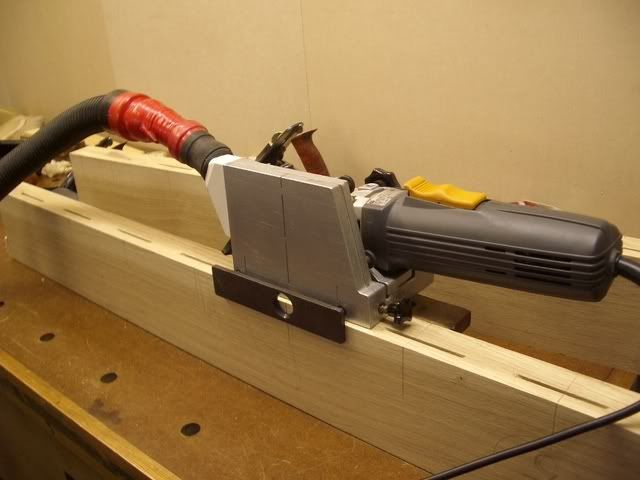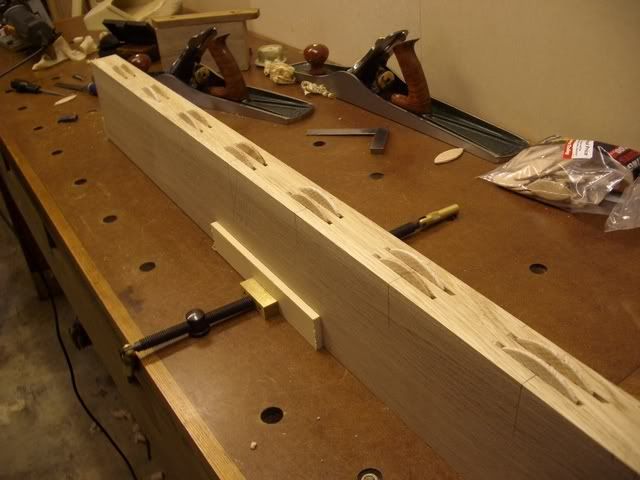russ_1380
Established Member
Hello everyone,
I'm Russell, new to the forum and new to hobby woodworking; a complete novice in fact.
I am starting to become more and more interested in home/hobby woodworking and so have started to crave more tools....
One problem I have come across is the need for a jointing tool, either biscuit or dowel. From a beginners point of view they both seem to achieve the same; join two bits of wood. I appreciate they obviously are very different in principle.
Can someone please explain the pros and cons of each joint? Is it simply a case that they are similar joints and it is just down to users' preference as to which they use?
I would need the tool to do two things:
1.) For joining two planks parallel together, to make one wider plank. (I hope this makes sense).
2.) To make 90 degree joints (for a very basic (beginner) box or small cabinet)
From what I have read on the internet both dowel joints and biscuit joints will do the jobs equally well.
Please can you share your experience as to which type of joint is the better all rounder.
I understand that a dowel joint would be the cheapest for me to achieve; I would presumably just need to buy a dowel jig and use my own drill. To do a biscuit I would need to buy a biscuit cutter tool, much more expensive.
My main question to you pro's is; Do you think I should go for a dowel jig or save up my money and buy a decent biscuit cutter? What do you use?
My main criteria are:
-Ease of use
-Accuracy
Many thanks
Russell
I'm Russell, new to the forum and new to hobby woodworking; a complete novice in fact.
I am starting to become more and more interested in home/hobby woodworking and so have started to crave more tools....
One problem I have come across is the need for a jointing tool, either biscuit or dowel. From a beginners point of view they both seem to achieve the same; join two bits of wood. I appreciate they obviously are very different in principle.
Can someone please explain the pros and cons of each joint? Is it simply a case that they are similar joints and it is just down to users' preference as to which they use?
I would need the tool to do two things:
1.) For joining two planks parallel together, to make one wider plank. (I hope this makes sense).
2.) To make 90 degree joints (for a very basic (beginner) box or small cabinet)
From what I have read on the internet both dowel joints and biscuit joints will do the jobs equally well.
Please can you share your experience as to which type of joint is the better all rounder.
I understand that a dowel joint would be the cheapest for me to achieve; I would presumably just need to buy a dowel jig and use my own drill. To do a biscuit I would need to buy a biscuit cutter tool, much more expensive.
My main question to you pro's is; Do you think I should go for a dowel jig or save up my money and buy a decent biscuit cutter? What do you use?
My main criteria are:
-Ease of use
-Accuracy
Many thanks
Russell






